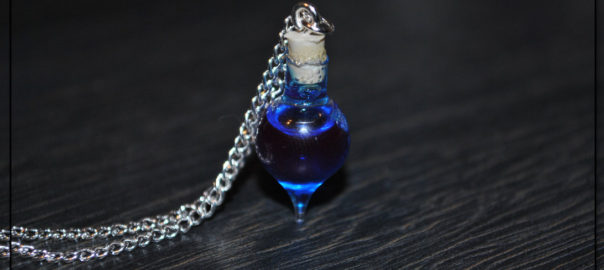This mariner’s astrolabe was once used by Portuguese explore Ferdinand Magellan during his ship Trinidad’s circumnavigation of the world in 1522. The astrolabe is a small brass device historically used to “determine the latitude of a ship at sea by measuring the sun’s noon altitude (declination) or the meridian altitude of a star of known declination” (Wikipedia).
The relic is imbued with a sliver of Magellan’s will, granting a +2 bonus to any navigation related check.
Magellan used it until he died during Battle of Mactan in the Philippines in 1521. Since then it has had numerous masters, each of whom died violently just before or after achieving some notable milestone of exploration or navigation.





